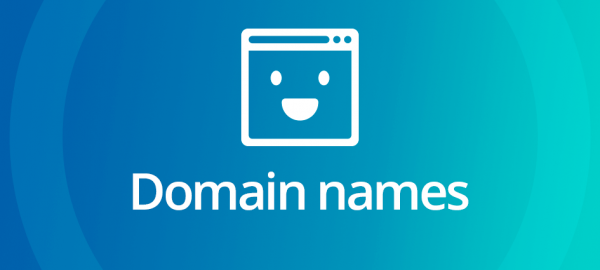You’ve registered your domain name and got yourself a great website – what more could you need?
As a business owner, protecting your brand online could be the difference between success and failure. Starting with your domains is an important first step.
As experts in our industry, here are just a handful of reasons we think registering more than one domain name for your business is a good shout.
Protect your brand
Identifying online threats early will help you avoid damage to your business and save you time and money on expensive legal fees.
Let’s say you own and run your website on a .ie domain, what would happen if a competitor or a third-party registered your matching .com? Confusion for your customers, damage to your reputation and loss of business – to name a few!
You’ve worked hard on building your business from the ground up, so it’s important that you’re doing all you can to protect it. Securing multiple domains for your business can play a vital role in protecting and strengthening your brand and online presence.
Expand your brand
Go local
Growing – it’s on every business’ radar, but it isn’t always the simplest thing to do. Yet, registering multiple domain name extensions for different geographical locations can give your business the world-wide scope to target a local market.
Every country has its own ccTLD (country-code top-level domain) – for example, .ca for Canada, .fr for France and .es for Spain. With a ccTLD, you’ll make your business more appealing to the local market in that country.
Highlight what makes you, you.
You don’t have to just register domain names for the benefit of geographical location. It’s also a great idea to register the domain extension that highlights what your business does. For example, if you’re a photographer, you could register .photography – this could also help you rank if someone just types photographer (think of the opportunities there)!
There are also hundreds more new gTLDs (new generic top-level domains). Think .agency, .art and .plumbing. They’re perfect for telling people exactly what you do. Plus, you’ll make a lasting impression, as you’ll stand out from your competitors.
Capture traffic from typos
Ever typed googel.com or gooogle.com, instead of google.com? You may not have even noticed – you still landed on google.com, right? That’s because Google have registered common typos of their domain – smart Google!
You may be thinking that it’d be a huge task to go through every misspelling of your domain. Luckily, there’s a nifty tool in Google Search Console, that’ll show you exactly what your visitors are searching for, to find you.
Finding the right search terms
- Step 1. Log into your Google Search Console account
- Step 2. Go into your website property
- Step 3. Click on ‘Performance’ in the left-hand menu
- Step 4. Here, you will see a dashboard, giving an overview of the number of impressions you’ve had and the number of clicks to your website, over a selected time period.
- Step 5. Underneath the graph, click ‘Queries’ and it’ll show you the search terms that people have used, to access your website.
For example, we see people landing on our site, by searching for ‘register356’. So, to make sure that our visitors land on the intended website, we’ve registered ‘register356’ in a range of different extensions.
We’ve also set any ‘register356’ domains to forward to register365.com, so visitors can reach us without even realising they’ve made a typo.
It’s so easy to mistype a word – we do it all the time. But if you allow for human error, you can capture those intending to visit your website, instead of losing them to a competitor – win-win!
Wrap up
There are many reasons why you should register more than one domain – the ones mentioned above are just a handful. The idea is to be found in more places, more often and that will result in more business for you, whilst protecting your brand at the same time.
So, have a think about how you could benefit from securing more than one domain name, and when you’re ready, you check out what’s available by using our domain name search tool.
Got 5 minutes?
What can you do to protect your domains? Check out our recent blog post for more information.
